Get Started for FREE
Sign up with Facebook Sign up with X
I don't have a Facebook or a X account
 Your new post is loading... Your new post is loading...
 Your new post is loading... Your new post is loading...
Nancy Jones's curator insight,
August 5, 2014 11:36 AM
Love the ideas here and realize the challenge of the mission. Our kids need to embrace their mistakes as learning opportunities rather than expect immediate mastery and feedback with praise. i am thinking of making a classroom poster ( or posters) with the Word "YET" in giant letters and use that as our mantra.

Joseph Nadeem's curator insight,
August 23, 2013 11:46 PM
Impelemation is the major fact of learning, Our Mission is to bring technology education to those in the Youhanabad area, so that they might be empowered and enabled to create a prosperous future for themselves and their families. Our vision is to reshape the Youhanabad area through advanced education opportunities. We want to help families pull themselves out of poverty by equipping them with the skills they need to gain employment that will be able to support themselves and their families. We hope to reshape our community and empower our students to make a difference. Through changing the lives of those in our community we hope to also impact neighboring communities so they may also benefit from education. We want to enable everyone so they may provide a better way of life for themselves and improve their communities. |

Dr Pam Hill's curator insight,
March 21, 2014 9:04 AM
Wonderful article that points out some of the challenges of Standards Based Learning as well as ways that instructors can maintain their own unique teaching styles and interests. Great article for discussion in PD meetings, online learning, and teacher prep courses!

's comment August 8, 2013 10:34 PM
The curation comment is interesting... I think it's fantastic that students are able to gain these skills without the assistance of a teacher, but ultimately if they veer off the path or have been misguided, they will always need a facilitator to not only show students the tools but also give them some best practice ideas.

Viljenka Savli (http://www2.arnes.si/~sopvsavl/)'s curator insight,
August 13, 2013 2:13 AM
A new approach to learning and teaching concerns students' selflearning and assessing and of course techer's coaching. More about main principals in this article...
Mary Kate Lavin's curator insight,
February 6, 2014 2:39 PM
This describes the 12 principles of mobile learning. It describes not only how to use technology in classes but also the reasoning behind using it. |



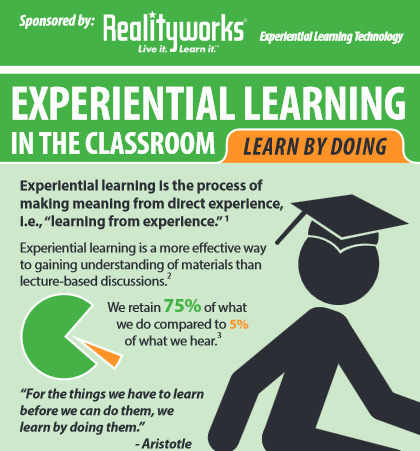

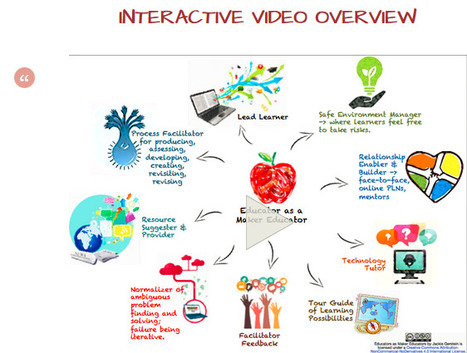








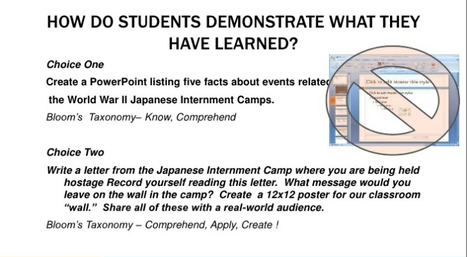
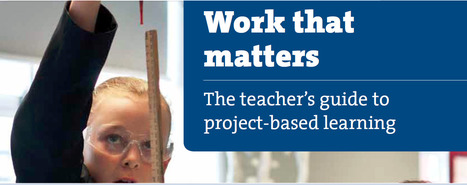
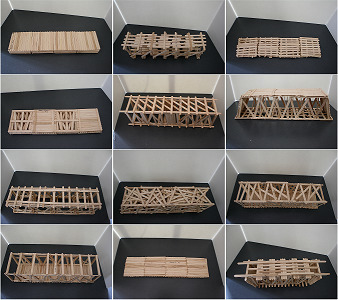


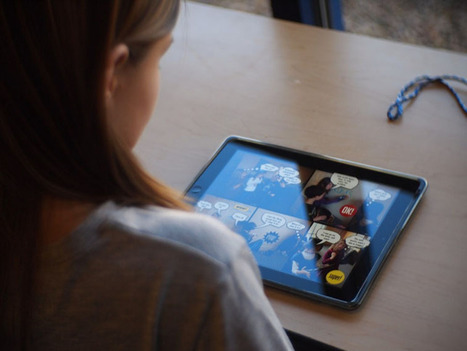
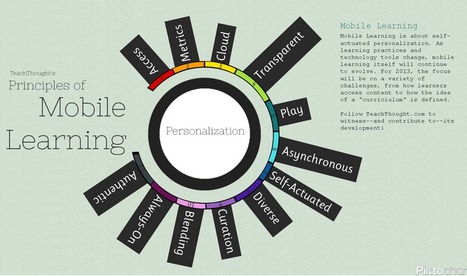

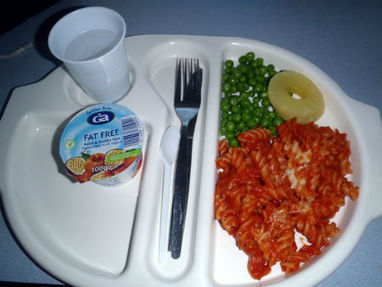
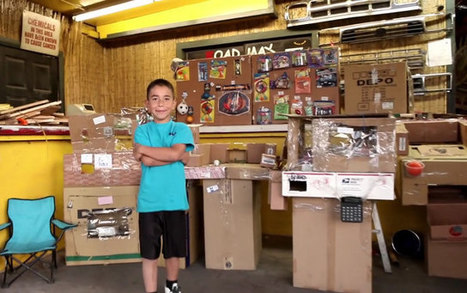





Career and Technical Education programs (often called vocational schools) have their students learn by doing. Learning by doing is known as experiential learning. Why is experiential learning beneficial? Below are the three reasons described in this post.
Reason 1: Experiential education promotes positive attitudes towards learning.
Reason 2: Experiential education provides true-to-life experience that enhances career exploration.
Reason 3: Experiential education helps create more engaged members of the workforce.
Each of these reasons is discussed in the post. There is also an excellent infographic, Experiential Learning in the Classroom: Learn by Doing.